Collection: Tennis Rackets
Whether you’re picking up a tennis racket for the first time or looking to upgrade your gear, choosing the right tennis racket can make a significant difference in your game. With countless options on the market, it’s easy to feel overwhelmed. This guide will help you understand the basics of tennis rackets, how to choose the right one, and the key factors that set cheap rackets apart from expensive ones.
Why the Right Tennis Racket Matters?
The right tennis racket isn’t just about hitting the ball—it can enhance your playing style, improve your performance, and prevent injuries. A racket that suits your skill level and playing preferences will:
- Provide better control and power.
- Reduce the risk of arm strain or tennis elbow.
- Allow you to execute your shots more effectively.
Key Factors to Consider When Buying a Tennis Racket:
When choosing a tennis racket, there are several technical elements to keep in mind:
Racket Head Size
The size of the racket head impacts power and control:
- Oversized heads (100-135 square inches): Offer a larger sweet spot and more power, ideal for beginners.
- Mid-sized heads (85-100 square inches): Provide better control and precision, suitable for advanced players.
Weight and Balance
The weight of the racket affects maneuverability and power:
- Lightweight rackets (9-10 ounces): Easier to handle, great for beginners or juniors.
- Heavy rackets (11-13 ounces): Offer more stability and power, preferred by experienced players.
Balance also matters:
- Head-heavy rackets: Provide more power and are good for baseline players.
- Head-light rackets: Better for control and quick net play, suited for volley players.
Grip Size
Grip size impacts comfort and control. Measure the distance from the tip of your ring finger to the second palm line to find your ideal grip size. A grip that’s too small or large can cause wrist and arm discomfort.
Racket Material
Modern rackets are typically made of graphite, aluminum, or composite materials:
- Graphite: Lightweight and powerful, ideal for all skill levels.
- Aluminum: Durable and affordable, great for beginners.
- Composite materials: Offer a blend of flexibility and strength, used in high-end rackets.
Top Tennis Racket Brands to Consider
Here are some of the most popular and trusted tennis racket brands in the market:
- Babolat: Babolat rackets, like the Pure Drive and AeroPro, are popular among players who prioritize power and spin. They’re used by top athletes like Rafael Nadal.
- Head: Head rackets, such as the Radical and Speed series, are versatile and offer excellent control. Novak Djokovic is a prominent player using Head rackets.
- Yonex: Renowned for their unique isometric head shape, Yonex rackets provide a larger sweet spot, making them forgiving and powerful.
- Prince: Prince rackets are known for their innovative designs, like the O3 technology, which improves racket stability and power.
Cheap vs. Expensive Tennis Rackets: What’s the Difference?
You may wonder if spending more on a tennis racket is worth it. Here’s how cheap and expensive rackets compare:
Material Quality
- Cheap rackets: Typically made from aluminum or lower-quality composites. They’re less durable and offer limited flexibility and power.
- Expensive rackets: Made from advanced materials like carbon fiber or high-grade graphite, providing better feel, control, and power.
Performance
- Cheap rackets: Tend to be heavier and less responsive, making them suitable only for casual or beginner use.
-
Expensive rackets: Designed with precision and advanced features like vibration dampening and enhanced sweet spots for optimal performance.
Comfort and Injury Prevention
Expensive rackets often include technology to reduce vibrations, preventing arm strain. Cheaper rackets may lack such features.
Matching Your Racket to Your Playing Style
Your playing style is a key factor in choosing a racket:
- Baseline Players: If you prefer staying at the back of the court and hitting powerful groundstrokes, look for a racket with a large head size and a head-heavy balance for more power.
- Serve-and-Volley Players: Opt for a head-light racket with quick maneuverability and excellent control for net play.
- All-Court Players: A balanced racket offering a mix of power and control is ideal for versatile playstyles.
How to Get Started
If you’re new to tennis, here are some tips:
- Visit a local tennis store to try out different rackets.
- Consider demo programs to test rackets before purchasing.
- Start with a mid-priced racket that balances quality and affordability.
Final Thoughts
Choosing the right tennis racket is an investment in your game. By considering factors like head size, weight, string pattern, and grip size, you can find a racket that matches your skill level and playing style. While cheap rackets can work for beginners, upgrading to a high-quality racket will significantly enhance your performance as you progress.
Top brands like Yonex, Babolat, and Head offer excellent options, so don’t hesitate to explore and find the one that feels right in your hands. Remember, the perfect tennis racket is the one that helps you feel confident when playing.
-

 Grip 2 (4" 1/4)Grip 3 (4" 3/8)Grip 4 (4" 1/2)300GCounter Attacking - Spin100 in² / 645 cm²
Grip 2 (4" 1/4)Grip 3 (4" 3/8)Grip 4 (4" 1/2)300GCounter Attacking - Spin100 in² / 645 cm²Babolat Pure Aero 2023 Tennis Racket - Grey / Yellow (Strung)
Save 30% SALERegular price £174.99Regular priceUnit price / per£250.00Sale price £174.99Sale -

 Grip 1 (4" 1/8)Grip 2 (4" 1/4)Grip 3 (4" 3/8)Grip 4 (4" 1/2)285GCounter Attacking - Spin100 in² / 645 cm²
Grip 1 (4" 1/8)Grip 2 (4" 1/4)Grip 3 (4" 3/8)Grip 4 (4" 1/2)285GCounter Attacking - Spin100 in² / 645 cm²Babolat Pure Aero Team 2023 Tennis Racket - Grey / Yellow (Strung)
Save 30% SALERegular price £159.99Regular priceUnit price / per£230.00Sale price £159.99Sale -

 Grip 1 (4" 1/8)Grip 2 (4" 1/4)Grip 3 (4" 3/8)270GCounter Attacking - Spin100 in² / 645 cm²
Grip 1 (4" 1/8)Grip 2 (4" 1/4)Grip 3 (4" 3/8)270GCounter Attacking - Spin100 in² / 645 cm²Babolat Pure Aero Lite 2023 Tennis Racket - Grey / Yellow (Strung)
Save 30% SALERegular price £145.99Regular priceUnit price / per£210.00Sale price £145.99Sale -
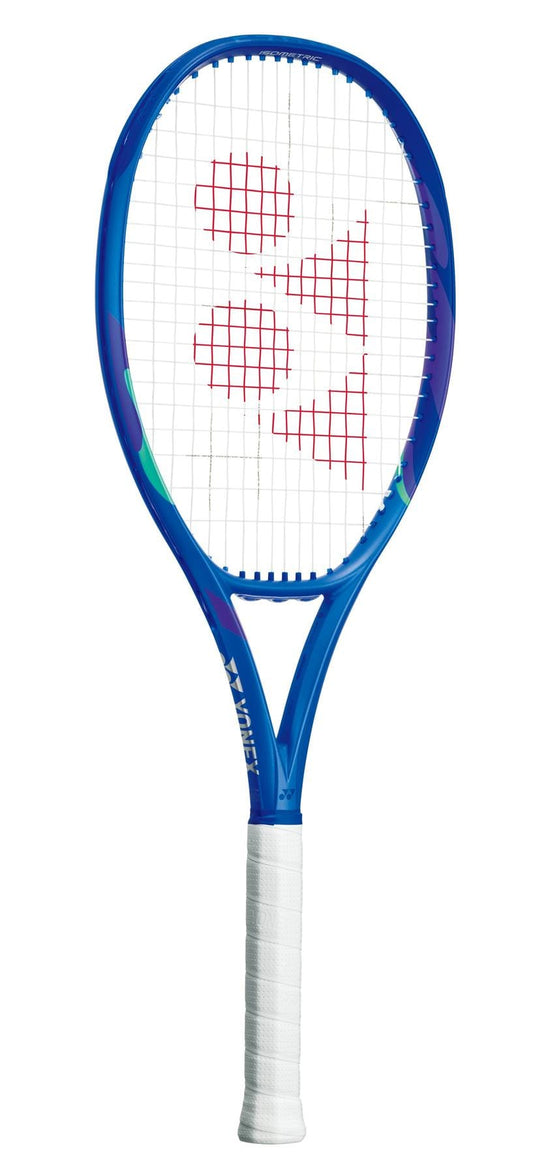
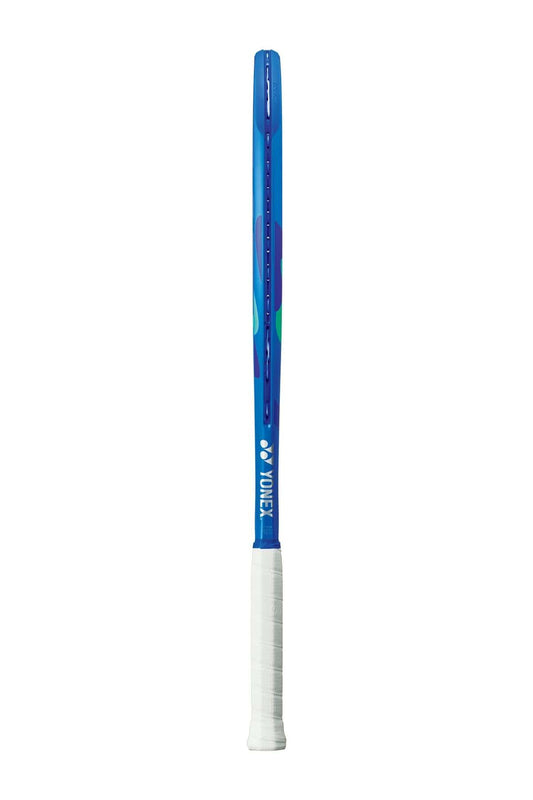 Grip 2 (4" 1/4)Grip 3 (4" 3/8)Grip 4 (4" 1/2)300GAttacking Power100 in² / 645 cm²
Grip 2 (4" 1/4)Grip 3 (4" 3/8)Grip 4 (4" 1/2)300GAttacking Power100 in² / 645 cm²Yonex EZONE 100 2025 Tennis Racket - Blast Blue
Save 23%Regular price From £183.99Regular priceUnit price / per£240.00Sale price From £183.99Sale -

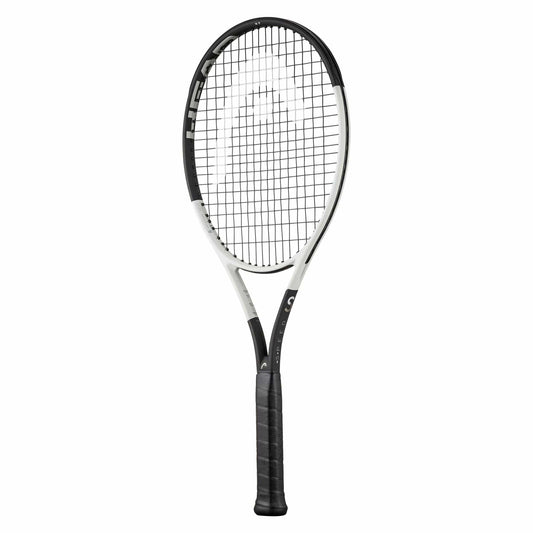 Grip 2 (4" 1/4)Grip 3 (4" 3/8)Grip 4 (4" 1/2)Grip 5 (4" 5/8)300GPrecision / Control100 in² / 645 cm²
Grip 2 (4" 1/4)Grip 3 (4" 3/8)Grip 4 (4" 1/2)Grip 5 (4" 5/8)300GPrecision / Control100 in² / 645 cm²HEAD Speed MP 2024 Tennis Racket - White / Black
Save 30%Regular price From £160.99Regular priceUnit price / per£230.00Sale price From £160.99Sale -

 Grip 1 (4" 1/8)Grip 2 (4" 1/4)Grip 3 (4" 3/8)SALE Save 28%275GCounter Attacking - Spin102 in² / 660 cm²
Grip 1 (4" 1/8)Grip 2 (4" 1/4)Grip 3 (4" 3/8)SALE Save 28%275GCounter Attacking - Spin102 in² / 660 cm²Babolat EVO Aero Tennis Racket - Grey / Yellow
Save 28% SALERegular price From £110.99Regular priceUnit price / per£155.00Sale price From £110.99Sale -

 Grip 1 (4" 1/8)Grip 2 (4" 1/4)Grip 3 (4" 3/8)290GAttacking Power102 in² / 660 cm²
Grip 1 (4" 1/8)Grip 2 (4" 1/4)Grip 3 (4" 3/8)290GAttacking Power102 in² / 660 cm²Babolat Evo Strike Gen 2 Tennis Racket - White / Red / Grey (Strung)
Save 28% SALERegular price £114.99Regular priceUnit price / per£159.99Sale price £114.99Sale -
260GAttacking Power102 in² / 660 cm²
Babolat Boost Aero Pink 260g Tennis Racket (Strung)
Save 25%Regular price £71.25Regular priceUnit price / per£95.00Sale price £71.25Sale -
155GAll Round81 in² / 520 cm²
Babolat B-Fly 19 Junior Tennis Racket - Blue / Pink
Save 40%Regular price £17.95Regular priceUnit price / per£30.00Sale price £17.95Sale -

 Grip 2 (4" 1/4)Grip 3 (4" 3/8)Grip 4 (4" 1/2)300GAttacking Power100 in² / 645 cm²
Grip 2 (4" 1/4)Grip 3 (4" 3/8)Grip 4 (4" 1/2)300GAttacking Power100 in² / 645 cm²Babolat Pure Drive 2025 Tennis Racket - Blue
Save 10%Regular price £206.99Regular priceUnit price / per£229.99Sale price £206.99Sale -

 Grip 1 (4" 1/8)Grip 2 (4" 1/4)Grip 3 (4" 3/8)275GCounter Attacking - Spin102 in² / 660 cm²
Grip 1 (4" 1/8)Grip 2 (4" 1/4)Grip 3 (4" 3/8)275GCounter Attacking - Spin102 in² / 660 cm²Babolat EVO Aero Tennis Racket - Pink / White
Save 29%Regular price From £109.99Regular priceUnit price / per£155.00Sale price From £109.99Sale -

 SALE Save 40%137GAll Round62 in² / 400 cm²
SALE Save 40%137GAll Round62 in² / 400 cm²Babolat B-Fly 17 Junior Tennis Racket - White / Pink
Save 40% SALERegular price £17.95Regular priceUnit price / per£30.00Sale price £17.95Sale -
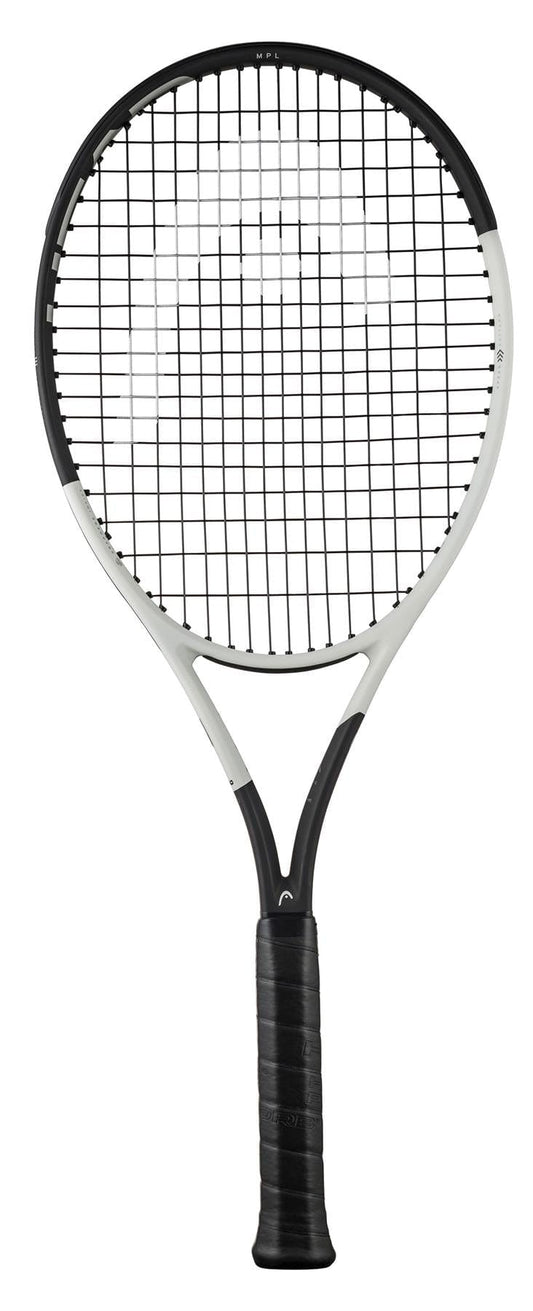
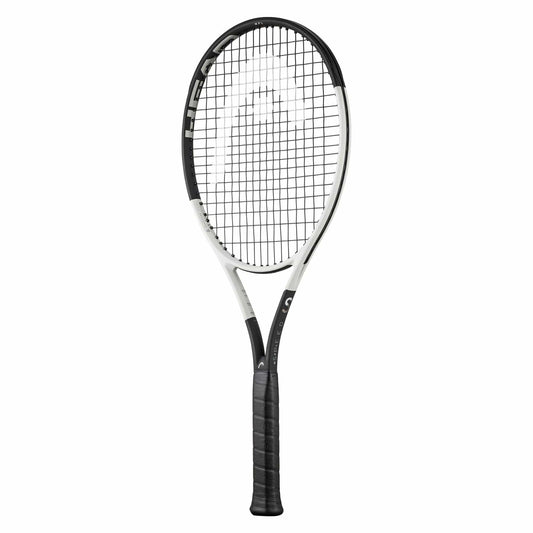 Grip 1 (4" 1/8)Grip 2 (4" 1/4)Grip 3 (4" 3/8)Grip 4 (4" 1/2)280GPrecision / Control100 in² / 645 cm²
Grip 1 (4" 1/8)Grip 2 (4" 1/4)Grip 3 (4" 3/8)Grip 4 (4" 1/2)280GPrecision / Control100 in² / 645 cm²HEAD Speed MP L 2024 Tennis Racket - White / Black
Save 31%Regular price From £138.76Regular priceUnit price / per£200.00Sale price From £138.76Sale -

 SALE Save 40%218GAll Round105 in² / 677 cm²
SALE Save 40%218GAll Round105 in² / 677 cm²Babolat B-Fly 25 Junior Tennis Racket - Blue / Pink
Save 40% SALERegular price £17.95Regular priceUnit price / per£30.00Sale price £17.95Sale -
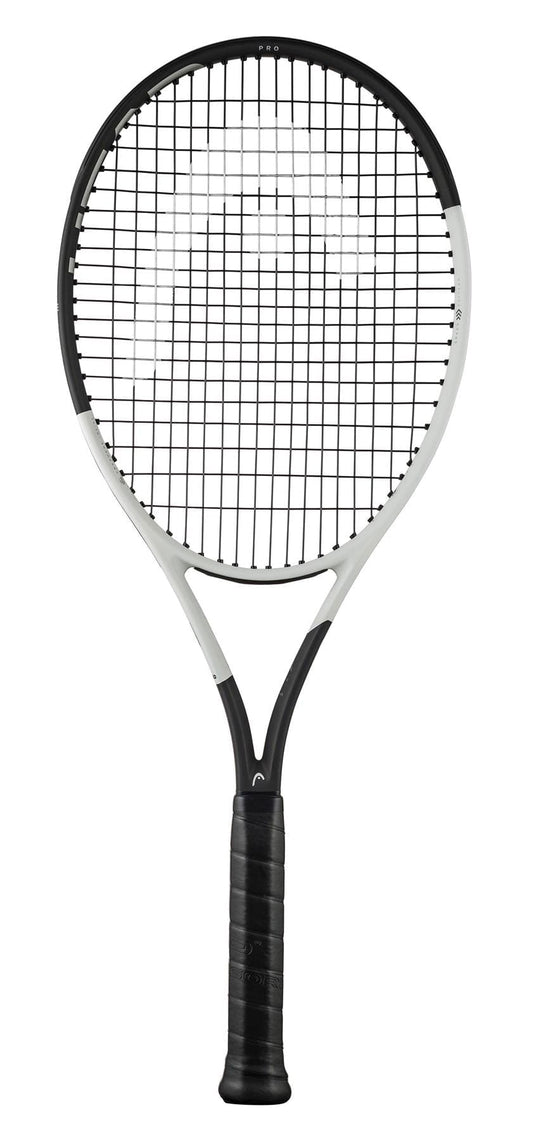
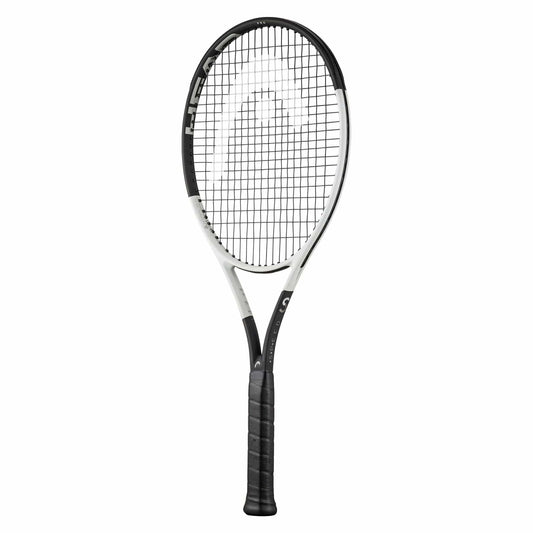 Grip 2 (4" 1/4)Grip 3 (4" 3/8)Grip 4 (4" 1/2)Grip 5 (4" 5/8)310GPrecision / Control100 in² / 645 cm²
Grip 2 (4" 1/4)Grip 3 (4" 3/8)Grip 4 (4" 1/2)Grip 5 (4" 5/8)310GPrecision / Control100 in² / 645 cm²HEAD Speed Pro 2024 Tennis Racket - White / Black (Frame Only)
Save 30%Regular price From £167.99Regular priceUnit price / per£240.00Sale price From £167.99Sale -
225GCounter Attacking - Spin100 in² / 645 cm²
Babolat Aero Junior 25 Tennis Racket (Strung) - Grey / Yellow
Save 13% SALERegular price £51.95Regular priceUnit price / per£59.99Sale price £51.95Sale -

 SALE Save 34%180GAll Round92 in² / 594 cm²
SALE Save 34%180GAll Round92 in² / 594 cm²Babolat B-Fly 21 Junior Tennis Racket - Purple / Pink
Save 34% SALERegular price £19.95Regular priceUnit price / per£30.00Sale price £19.95Sale -

 Grip 0 (4")Grip 1 (4" 1/8)Grip 2 (4" 1/4)SALE Save 34%260GCounter Attacking - Spin102 in² / 660 cm²
Grip 0 (4")Grip 1 (4" 1/8)Grip 2 (4" 1/4)SALE Save 34%260GCounter Attacking - Spin102 in² / 660 cm²Babolat EVO Aero Lite Tennis Racket - Grey / Yellow
Save 34% SALERegular price From £94.98Regular priceUnit price / per£145.00Sale price From £94.98Sale -

 Grip 1 (4" 1/8)Grip 2 (4" 1/4)Grip 3 (4" 3/8)260GAll Round106 in² / 683 cm²
Grip 1 (4" 1/8)Grip 2 (4" 1/4)Grip 3 (4" 3/8)260GAll Round106 in² / 683 cm²Babolat Boost Drive Tennis Racket - Blue / Orange / White
Save 24%Regular price £71.99Regular priceUnit price / per£95.00Sale price £71.99Sale -
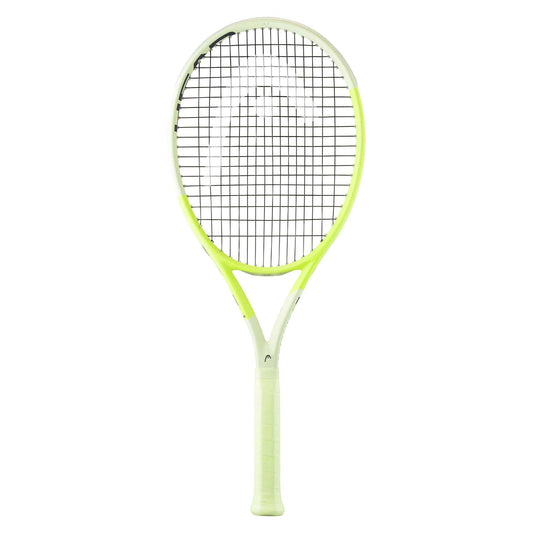
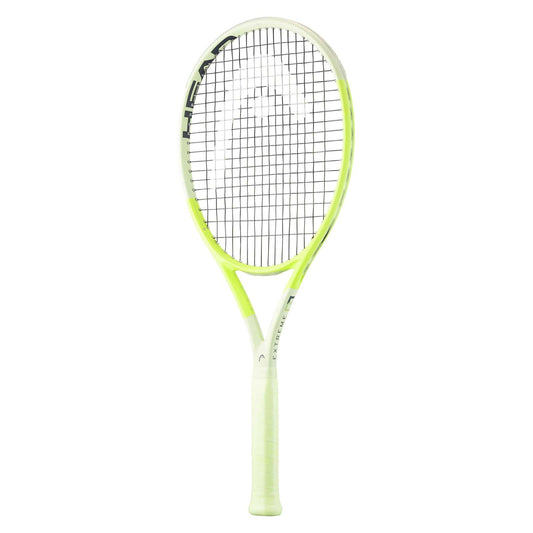 Grip 2 (4" 1/4)Grip 3 (4" 3/8)Grip 4 (4" 1/2)Grip 5 (4" 5/8)300GCounter Attacking - Spin100 in² / 645 cm²
Grip 2 (4" 1/4)Grip 3 (4" 3/8)Grip 4 (4" 1/2)Grip 5 (4" 5/8)300GCounter Attacking - Spin100 in² / 645 cm²HEAD Extreme MP 2024 Tennis Racket - Green
Save 33%Regular price £133.99Regular priceUnit price / per£200.00Sale price £133.99Sale -
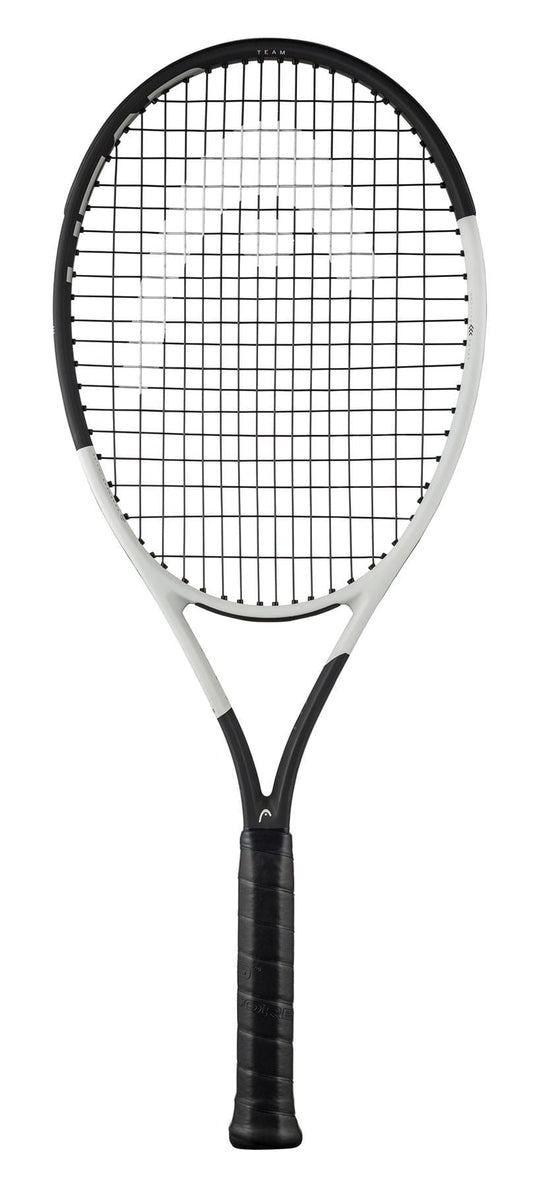
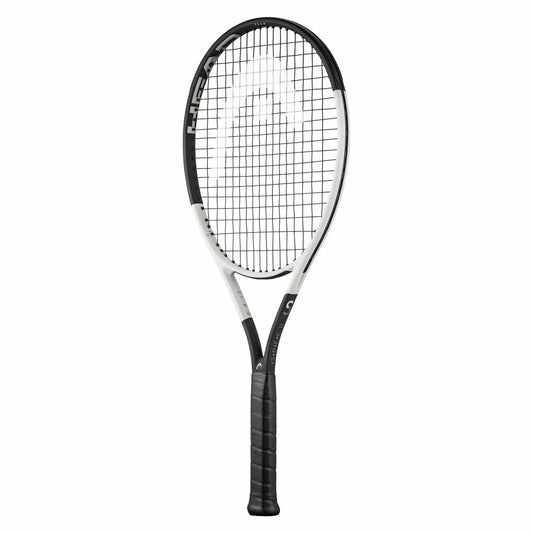 Grip 1 (4" 1/8)Grip 2 (4" 1/4)Grip 3 (4" 3/8)Grip 4 (4" 1/2)270GPrecision / Control105 in² / 677 cm²
Grip 1 (4" 1/8)Grip 2 (4" 1/4)Grip 3 (4" 3/8)Grip 4 (4" 1/2)270GPrecision / Control105 in² / 677 cm²HEAD Speed Team 2024 Tennis Racket - White / Black
Save 35%Regular price From £130.00Regular priceUnit price / per£200.00Sale price From £130.00Sale -
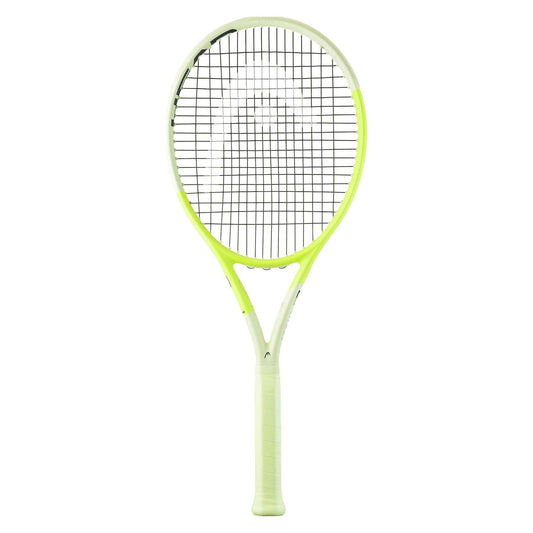
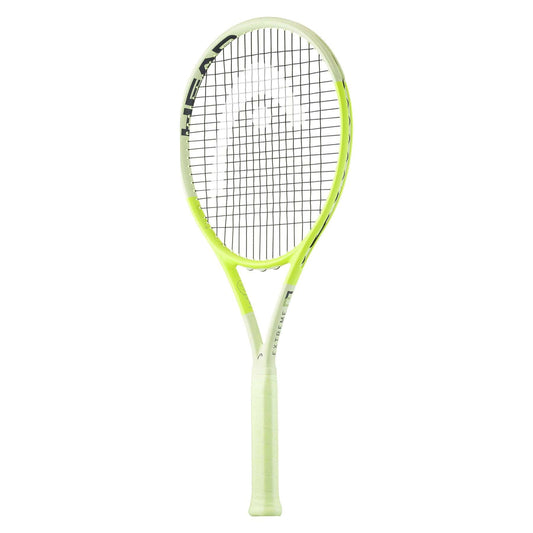 Grip 0 (4")Grip 1 (4" 1/8)Grip 2 (4" 1/4)Grip 3 (4" 3/8)260GCounter Attacking - Spin100 in² / 645 cm²
Grip 0 (4")Grip 1 (4" 1/8)Grip 2 (4" 1/4)Grip 3 (4" 3/8)260GCounter Attacking - Spin100 in² / 645 cm²HEAD Extreme Elite 2024 Tennis Racket - Green
Save 35%Regular price From £84.99Regular priceUnit price / per£130.00Sale price From £84.99Sale -
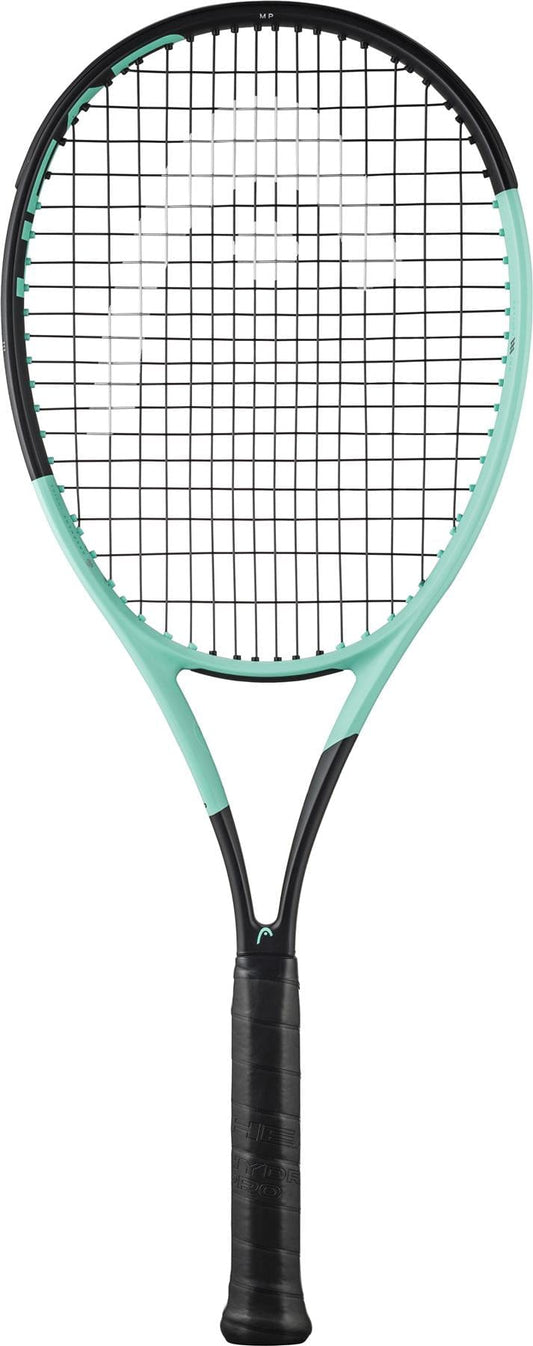
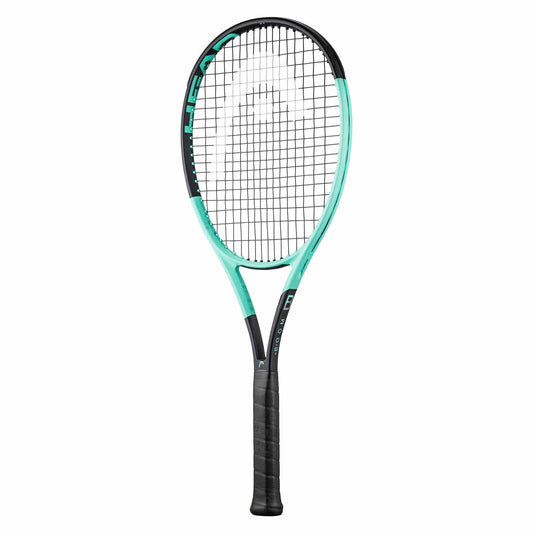 Grip 2 (4" 1/4)Grip 3 (4" 3/8)Grip 4 (4" 1/2)Grip 5 (4" 5/8)295GAttacking Power100 in² / 645 cm²
Grip 2 (4" 1/4)Grip 3 (4" 3/8)Grip 4 (4" 1/2)Grip 5 (4" 5/8)295GAttacking Power100 in² / 645 cm²HEAD Boom MP 2024 Tennis Racket - Black / Mint
Save 29%Regular price £148.99Regular priceUnit price / per£210.00Sale price £148.99Sale -

 Grip 1 (4" 1/8)Grip 2 (4" 1/4)Grip 3 (4" 3/8)265GPrecision / Control100 in² / 645 cm²
Grip 1 (4" 1/8)Grip 2 (4" 1/4)Grip 3 (4" 3/8)265GPrecision / Control100 in² / 645 cm²Babolat Pure Strike Lite Gen4 Tennis Racket - White / Red / Black
Save 46% SALERegular price £109.95Regular priceUnit price / per£205.00Sale price £109.95Sale -
260GCounter Attacking - Spin102 in² / 660 cm²
Babolat Evo Aero Lite Tennis Racket - Pink
Save 30% SALERegular price £108.75Regular priceUnit price / per£155.00Sale price £108.75Sale -
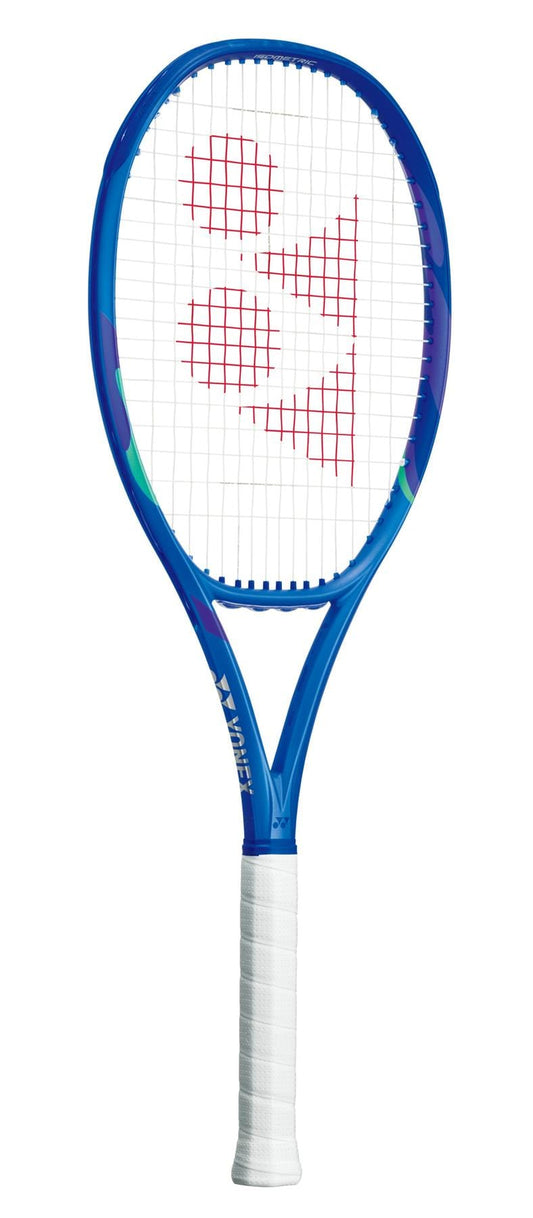
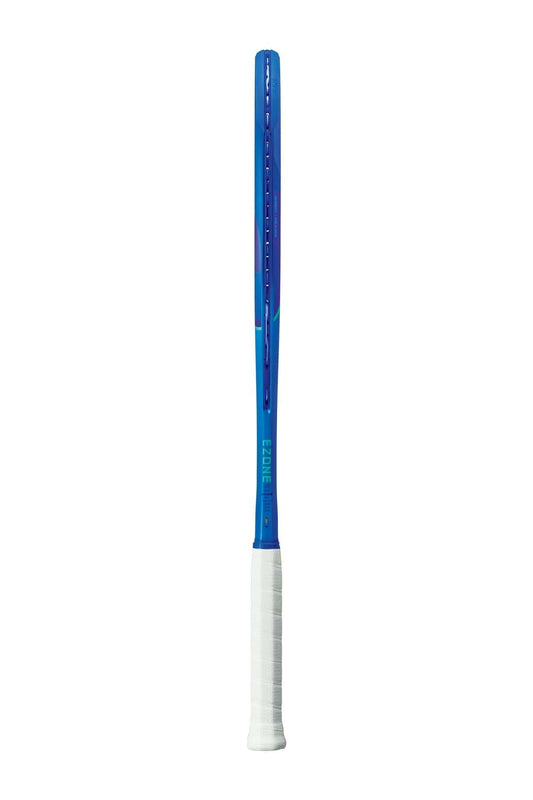 Grip 2 (4" 1/4)Grip 3 (4" 3/8)Grip 4 (4" 1/2)315GAttacking Power98 in² / 630 cm²
Grip 2 (4" 1/4)Grip 3 (4" 3/8)Grip 4 (4" 1/2)315GAttacking Power98 in² / 630 cm²Yonex EZONE 98 2025 Tour Tennis Racket - Blast Blue
Save 21%Regular price £189.99Regular priceUnit price / per£240.00Sale price £189.99Sale -

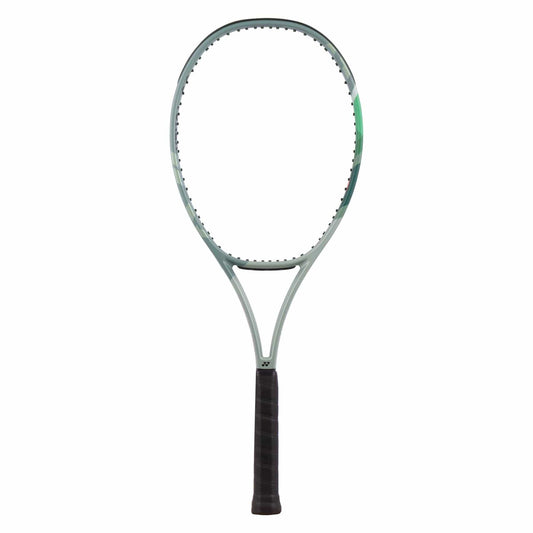 Grip 2 (4" 1/4)Grip 3 (4" 3/8)Grip 4 (4" 1/2)300GAll Round100 in² / 645 cm²
Grip 2 (4" 1/4)Grip 3 (4" 3/8)Grip 4 (4" 1/2)300GAll Round100 in² / 645 cm²Yonex Percept 100 Tennis Racket (Frame Only) - Olive Green
Save 32% SALERegular price From £169.95Regular priceUnit price / per£250.00Sale price From £169.95Sale -

 Grip 1 (4" 1/8)Grip 2 (4" 1/4)Grip 3 (4" 3/8)285GAll Round102 in² / 660 cm²
Grip 1 (4" 1/8)Grip 2 (4" 1/4)Grip 3 (4" 3/8)285GAll Round102 in² / 660 cm²Babolat EVO Drive Tour Gen 2 Tennis Racket - Blue
Save 20%Regular price £127.99Regular priceUnit price / per£159.99Sale price £127.99Sale -
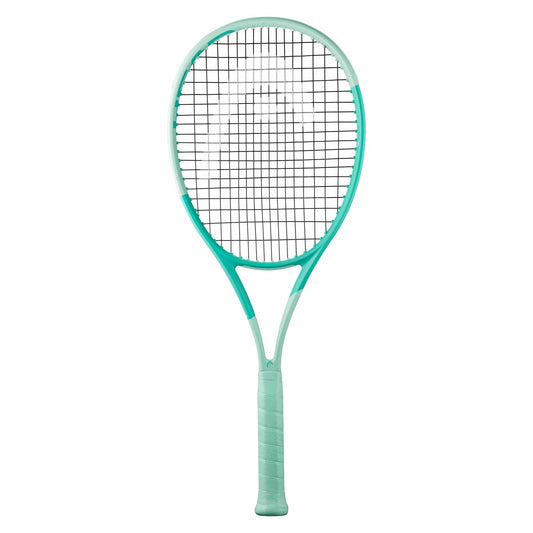
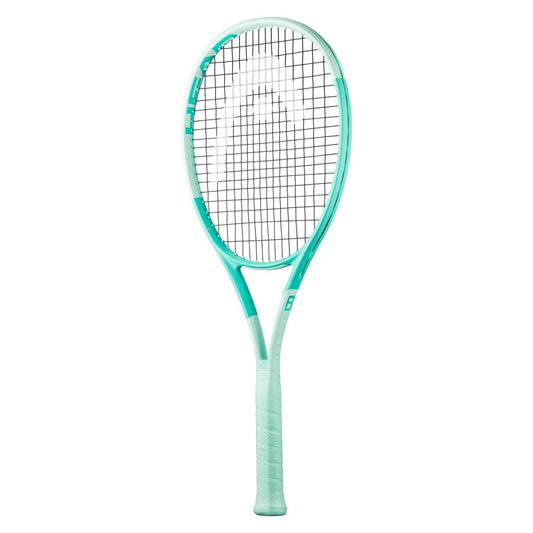 Grip 2 (4" 1/4)Grip 3 (4" 3/8)Grip 4 (4" 1/2)Grip 5 (4" 5/8)295GAttacking Power100 in² / 645 cm²
Grip 2 (4" 1/4)Grip 3 (4" 3/8)Grip 4 (4" 1/2)Grip 5 (4" 5/8)295GAttacking Power100 in² / 645 cm²HEAD Boom MP 2024 Alternate Tennis Racket - Mint
Save 31%Regular price £144.99Regular priceUnit price / per£210.00Sale price £144.99Sale -

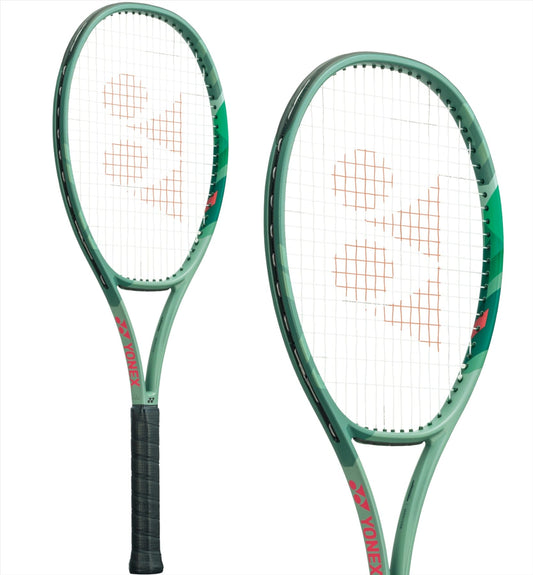 Grip 2 (4" 1/4)Grip 3 (4" 3/8)Grip 4 (4" 1/2)305GAll Round100 in² / 645 cm²
Grip 2 (4" 1/4)Grip 3 (4" 3/8)Grip 4 (4" 1/2)305GAll Round100 in² / 645 cm²Yonex Percept 100D Tennis Racket (Frame Only) - Olive Green
Save 30% SALERegular price From £178.49Regular priceUnit price / per£255.00Sale price From £178.49Sale -

 Grip 0 (4")Grip 1 (4" 1/8)Grip 2 (4" 1/4)255GAll Round104 in² / 670 cm²
Grip 0 (4")Grip 1 (4" 1/8)Grip 2 (4" 1/4)255GAll Round104 in² / 670 cm²Babolat EVO Drive Lite Gen 2 Tennis Racket - Blue
Save 28%Regular price From £104.99Regular priceUnit price / per£144.99Sale price From £104.99Sale -
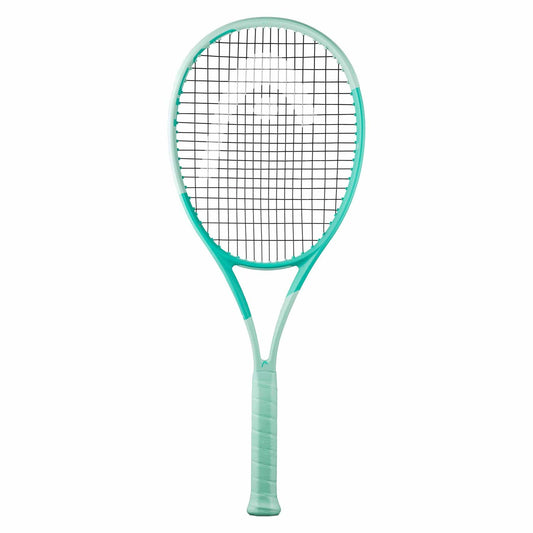
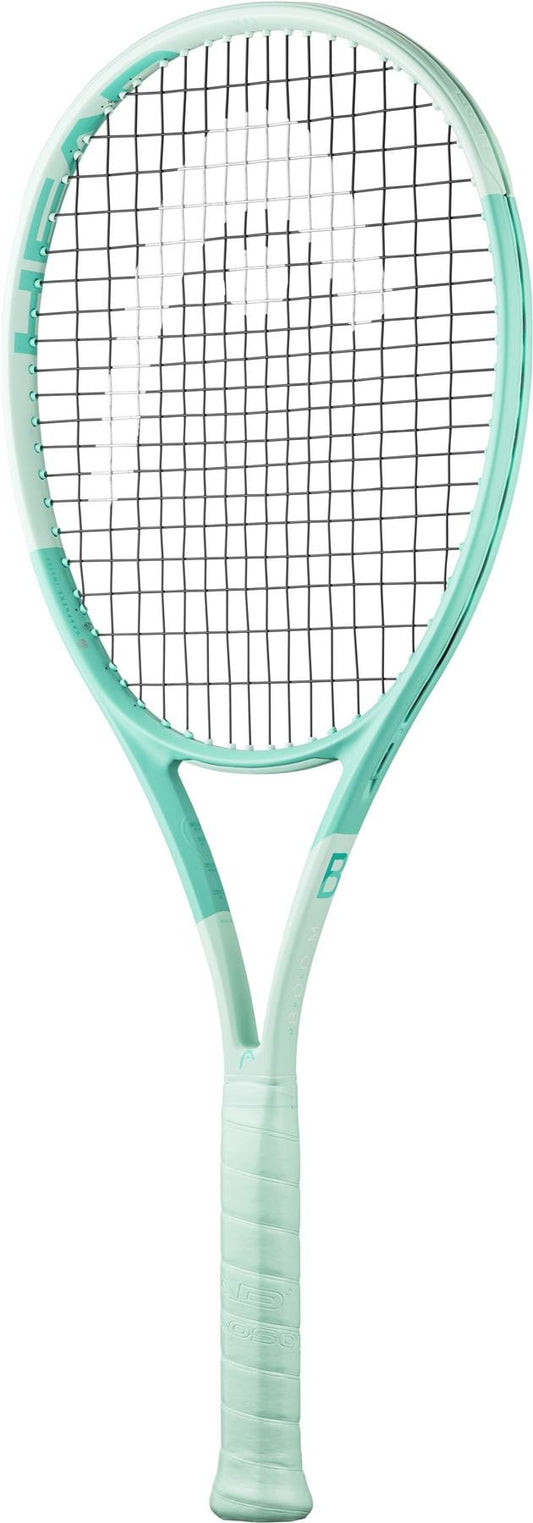 Grip 1 (4" 1/8)Grip 2 (4" 1/4)Grip 3 (4" 3/8)Grip 4 (4" 1/2)270GAttacking Power100 in² / 645 cm²
Grip 1 (4" 1/8)Grip 2 (4" 1/4)Grip 3 (4" 3/8)Grip 4 (4" 1/2)270GAttacking Power100 in² / 645 cm²HEAD Boom MP L 2024 Alternate Tennis Racket - Mint
Save 34%Regular price £125.99Regular priceUnit price / per£190.00Sale price £125.99Sale -

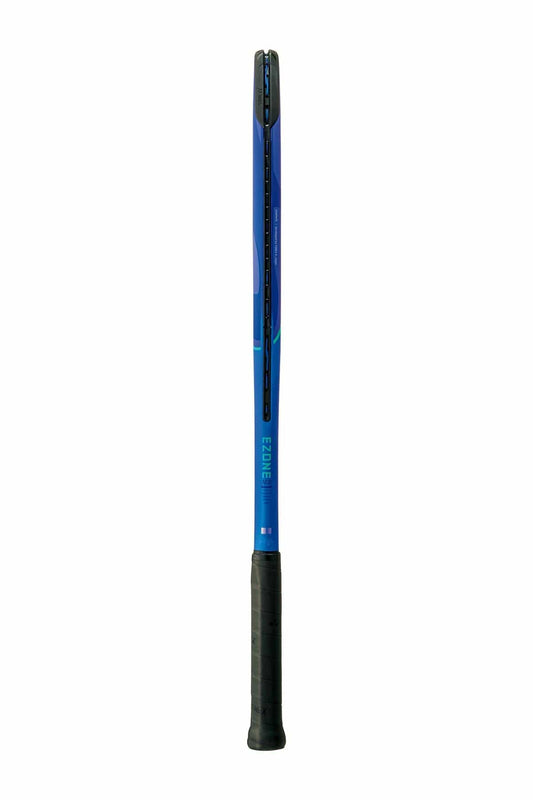 Grip 1 (4" 1/8)Grip 2 (4" 1/4)Grip 3 (4" 3/8)265GAttacking Power100 in² / 645 cm²
Grip 1 (4" 1/8)Grip 2 (4" 1/4)Grip 3 (4" 3/8)265GAttacking Power100 in² / 645 cm²Yonex EZONE Play 2025 Tennis Racket - Blast Blue
Save 21%Regular price From £62.97Regular priceUnit price / per£80.00Sale price From £62.97Sale -

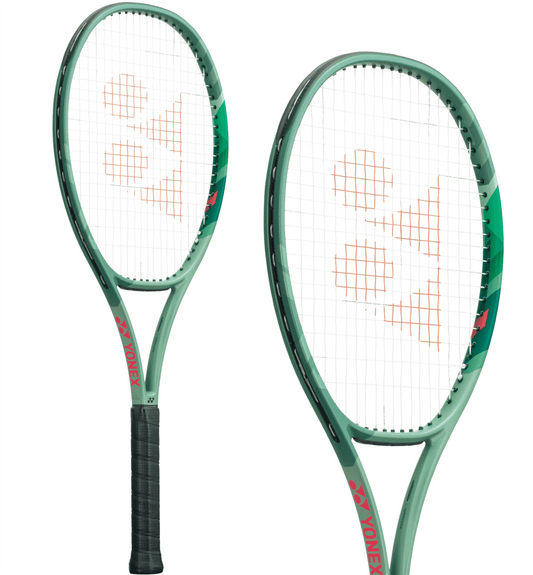 Grip 2 (4" 1/4)Grip 3 (4" 3/8)Grip 4 (4" 1/2)310GPrecision / Control97 in² / 625 cm²
Grip 2 (4" 1/4)Grip 3 (4" 3/8)Grip 4 (4" 1/2)310GPrecision / Control97 in² / 625 cm²Yonex Percept 97 Tennis Racket (Frame Only) - Olive Green
Save 32% SALERegular price From £169.95Regular priceUnit price / per£250.00Sale price From £169.95Sale -

 Grip 1 (4" 1/8)Grip 2 (4" 1/4)Grip 3 (4" 3/8)270GAttacking Power100 in² / 645 cm²
Grip 1 (4" 1/8)Grip 2 (4" 1/4)Grip 3 (4" 3/8)270GAttacking Power100 in² / 645 cm²Babolat Pure Drive Lite 2025 Tennis Racket - Blue
Save 10%Regular price From £183.99Regular priceUnit price / per£204.99Sale price From £183.99Sale -

 Grip 1 (4" 1/8)Grip 2 (4" 1/4)Grip 3 (4" 3/8)285GAttacking Power100 in² / 645 cm²
Grip 1 (4" 1/8)Grip 2 (4" 1/4)Grip 3 (4" 3/8)285GAttacking Power100 in² / 645 cm²Babolat Pure Drive Team 2025 Tennis Racket - Blue
Save 10%Regular price £192.99Regular priceUnit price / per£214.99Sale price £192.99Sale -
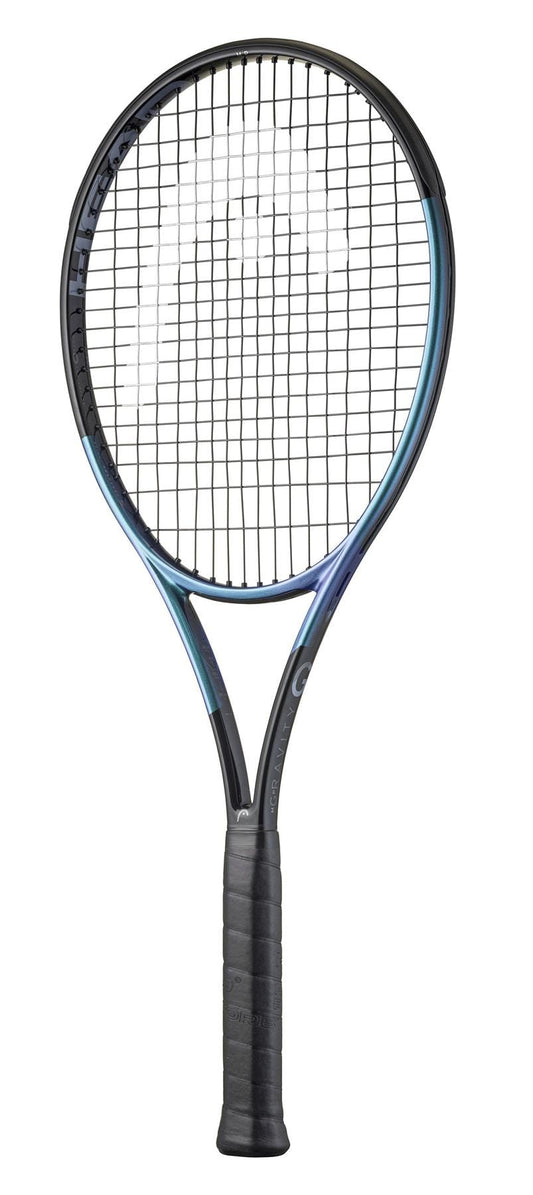
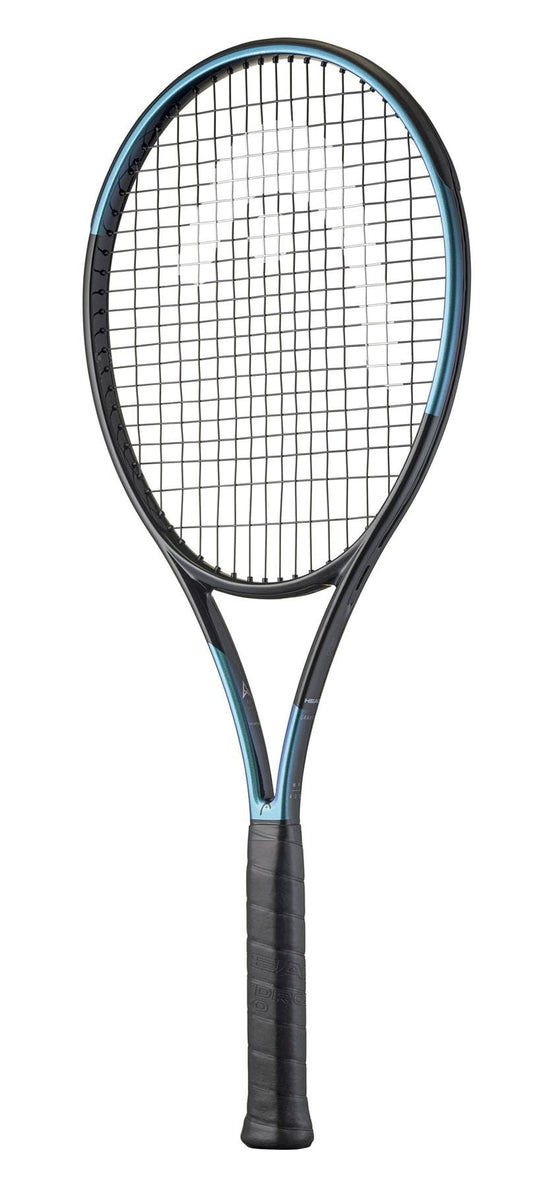 Grip 2 (4" 1/4)Grip 3 (4" 3/8)Grip 4 (4" 1/2)Grip 5 (4" 5/8)295GPrecision / Control100 in² / 645 cm²
Grip 2 (4" 1/4)Grip 3 (4" 3/8)Grip 4 (4" 1/2)Grip 5 (4" 5/8)295GPrecision / Control100 in² / 645 cm²HEAD Gravity MP 2025 Tennis Racket - Black
Save 35%Regular price From £149.50Regular priceUnit price / per£230.00Sale price From £149.50Sale -
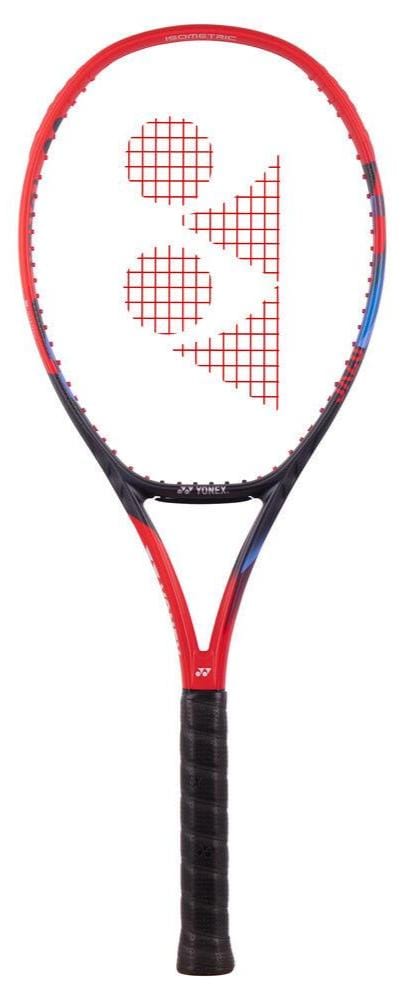
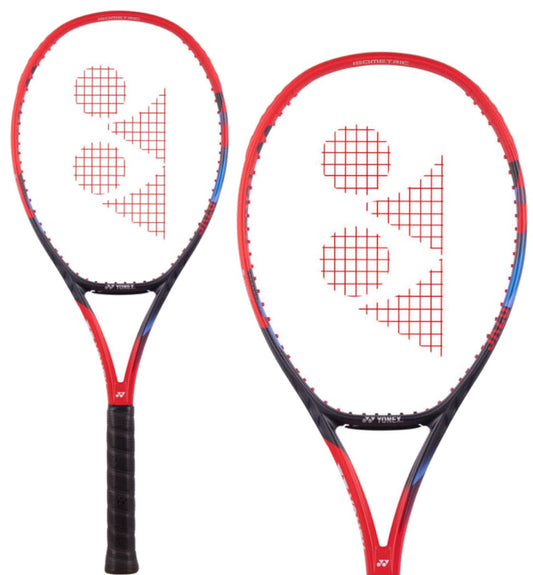 Grip 2 (4" 1/4)Grip 3 (4" 3/8)Grip 4 (4" 3/8)SALE Save 35%315GCounter Attacking - Spin98 in² / 630 cm²
Grip 2 (4" 1/4)Grip 3 (4" 3/8)Grip 4 (4" 3/8)SALE Save 35%315GCounter Attacking - Spin98 in² / 630 cm²Yonex VCORE 98 Tour Tennis Racket (Frame Only) - Scarlet
Save 35% SALERegular price From £165.75Regular priceUnit price / per£255.00Sale price From £165.75Sale -

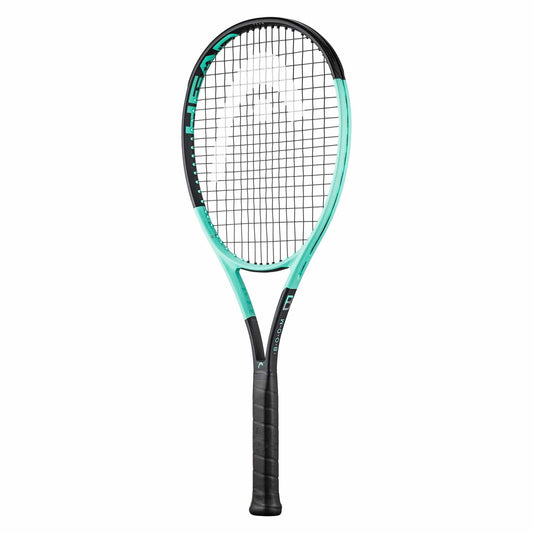 Grip 1 (4" 1/8)Grip 2 (4" 1/4)Grip 3 (4" 3/8)Grip 4 (4" 1/2)275GAttacking Power102 in² / 660 cm²
Grip 1 (4" 1/8)Grip 2 (4" 1/4)Grip 3 (4" 3/8)Grip 4 (4" 1/2)275GAttacking Power102 in² / 660 cm²HEAD Boom Team 2024 Tennis Racket - Black / Mint
Save 29%Regular price From £134.99Regular priceUnit price / per£190.00Sale price From £134.99Sale -
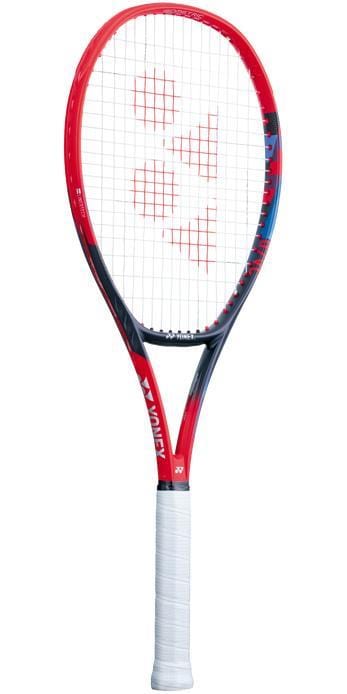
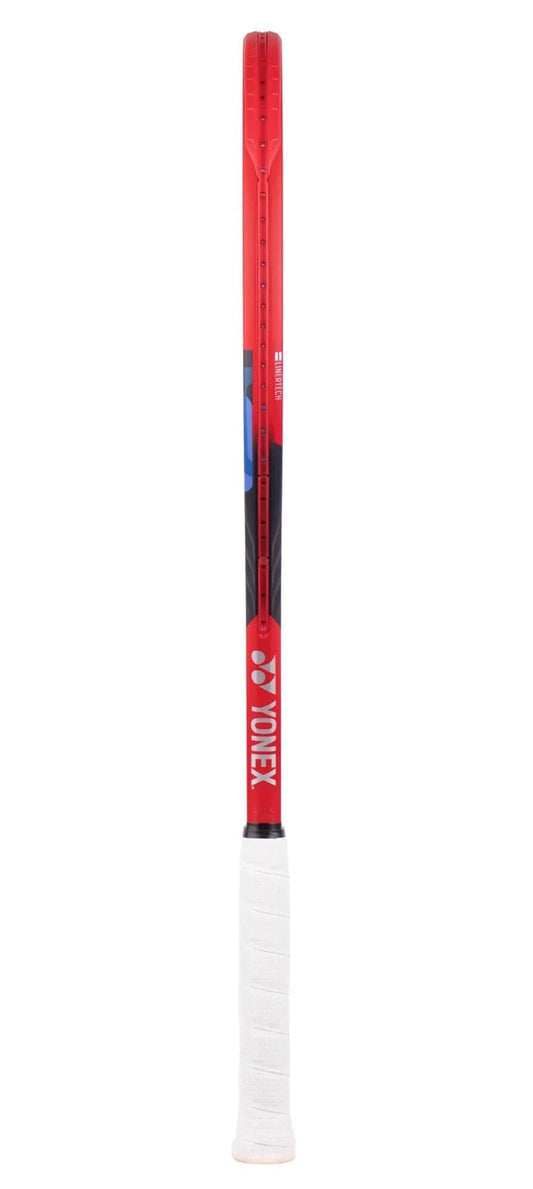 Grip 1 (4" 1/8)Grip 2 (4" 1/4)Grip 3 (4" 3/8)280GCounter Attacking - Spin100 in² / 645 cm²
Grip 1 (4" 1/8)Grip 2 (4" 1/4)Grip 3 (4" 3/8)280GCounter Attacking - Spin100 in² / 645 cm²Yonex VCORE 100L 2023 Tennis Racket - Scarlet (Frame Only)
Save 33% SALERegular price From £167.50Regular priceUnit price / per£250.00Sale price From £167.50Sale -

 Grip 00 (3 7/8")Grip 0 (4")250GPrecision / Control100 in² / 645 cm²
Grip 00 (3 7/8")Grip 0 (4")250GPrecision / Control100 in² / 645 cm²Babolat Pure Strike Junior 26 Gen4 Tennis Racket - White / Red / Black
Save 30% SALERegular price From £73.50Regular priceUnit price / per£105.00Sale price From £73.50Sale -

 Grip 0 (4")Grip 1 (4" 1/8)Grip 2 (4" 1/4)255GAll Round104 in² / 670 cm²
Grip 0 (4")Grip 1 (4" 1/8)Grip 2 (4" 1/4)255GAll Round104 in² / 670 cm²Babolat EVO Drive Lite Gen 2 Tennis Racket - White
Save 26%Regular price From £107.90Regular priceUnit price / per£144.99Sale price From £107.90Sale -

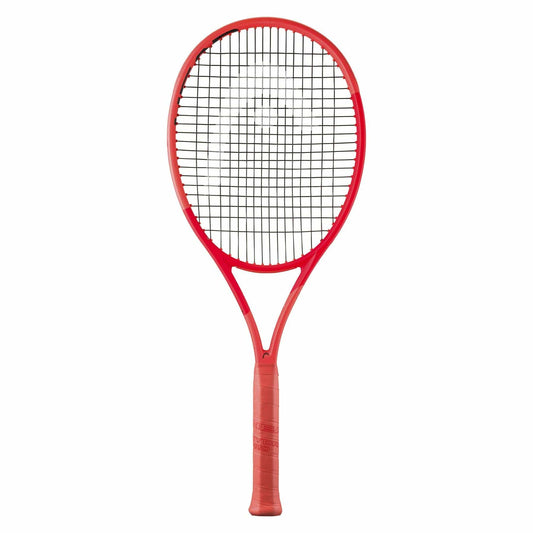 Grip 1 (4" 1/8)Grip 2 (4" 1/4)Grip 3 (4" 3/8)Grip 4 (4" 1/2)280GCounter Attacking - Spin102 in² / 660 cm²
Grip 1 (4" 1/8)Grip 2 (4" 1/4)Grip 3 (4" 3/8)Grip 4 (4" 1/2)280GCounter Attacking - Spin102 in² / 660 cm²HEAD Radical Team 2025 Tennis Racket - Orange
Save 25%Regular price From £149.99Regular priceUnit price / per£200.00Sale price From £149.99Sale -

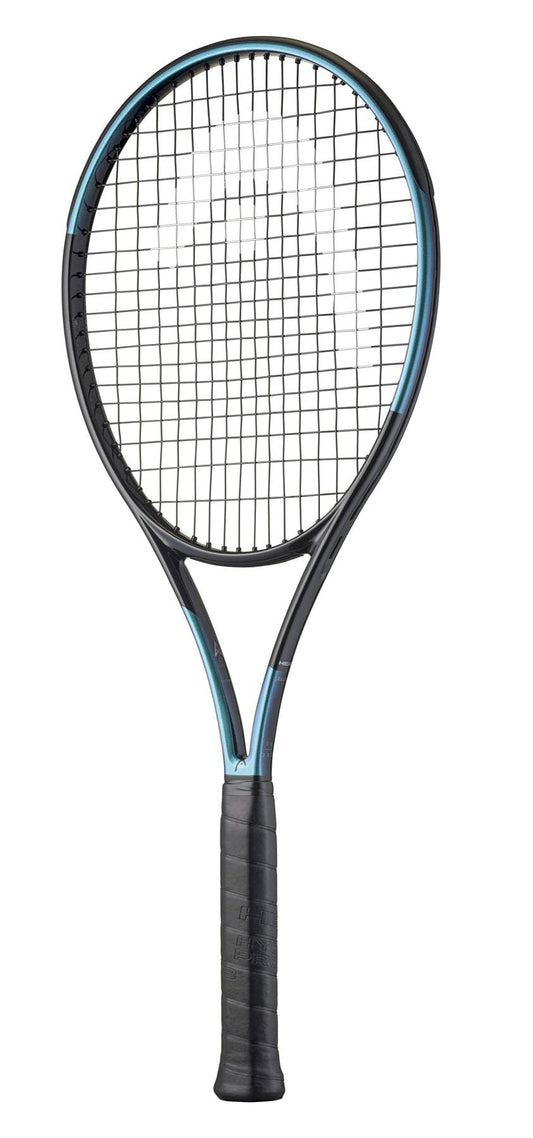 Grip 2 (4" 1/4)Grip 3 (4" 3/8)Grip 4 (4" 1/2)Grip 5 (4" 5/8)305GPrecision / Control98 in² / 630 cm²
Grip 2 (4" 1/4)Grip 3 (4" 3/8)Grip 4 (4" 1/2)Grip 5 (4" 5/8)305GPrecision / Control98 in² / 630 cm²HEAD Gravity Tour 2025 Tennis Racket - Black
Save 25%Regular price From £172.99Regular priceUnit price / per£230.00Sale price From £172.99Sale
Why buy Tennis Rackets?
Q
What are the main things to consider when buying a Tennis Racket?
A
Put simply, in order to choose the right tennis rackets, you must consider several factors:
1. Your budget
2. Your skill level
3. Your game style (e.g power, spin, control)
4. Your physical limits (for racket weight)
5. Your dominant event (singles or doubles)
To look at these and further aspects we have created a full buying guide on choosing a tennis racket. For those needing more detailed advice on what to buy and how to choose we would recommend exploring this guide so that you can make the best, most informed choice.
One of the biggest mistakes people make when they start playing tennis is buying a cheap tennis racket that does not fit their game well. This will often mean it will probably break after just a couple of weeks or months of use or not be suitable for the standard of play they are aiming for, and will limit their game. Before spending any money on equipment, it's an important tool to know what type of player you are.
Q
What main features on a Tennis Racket should I look for?
A
The most important factors to consider when buying tennis rackets are weight, head size, string pattern, and grip size.
1. Weight: A racket that's too heavy or too light can affect your swing and cause injury, so it's important to find the right weight that suits your physical characteristics.
2. Head Size: This affects the power and forgiveness of the racket, with larger heads providing more power and forgiveness for those still developing their timing and technique. Smaller heads provide more control and stability on impact with the ball and are usually suited more to advanced players who have developed powerful, full strokes and are rarely miss-hitting the ball.
3. String Pattern: This impacts the control of tennis rackets, with tighter patterns providing more control and looser patterns providing more power. 16 x 19 is the most common stringing pattern, as this open pattern, with plenty of spacing between the strings. Greater string spacing aids greater power, spin and depth on groundstrokes. More 'closed' or 'compact' stringing patterns such as 18x20 tend to provide greater control and accuracy for those playing a more precise game style.
4. Grip Size: This is a personal preference, but choosing the right size will help you get the most out of your Tennis Racket.
Q
What is your return policy for buying a Tennis Racket?
A
We offer a 30-day return policy for all items purchased from us. If you're not satisfied with your purchase for any reason, you can return the racket for a full refund or exchange within this period. The racket must be in new condition with all original tags and packaging intact. Check out our terms and conditions and the process of return at the bottom of our pages, or links shown on the product pages.
Q
Any there any of the latest highly-rated tennis rackets available?
A
Yes, at Tennis HQ we frequently update our stock holding to include the latest and greatest tennis rackets from top brands like Babolat, Yonex, HEAD, Prince, Dunlop and Tecnifibre. Each racket is rated on factors like player level and control to give players a greater understanding of the rackets characteristics and suitability.
What are the main things to consider when buying a Tennis Racket?
Put simply, in order to choose the right tennis rackets, you must consider several factors:
1. Your budget
2. Your skill level
3. Your game style (e.g power, spin, control)
4. Your physical limits (for racket weight)
5. Your dominant event (singles or doubles)
To look at these and further aspects we have created a full buying guide on choosing a tennis racket. For those needing more detailed advice on what to buy and how to choose we would recommend exploring this guide so that you can make the best, most informed choice.
One of the biggest mistakes people make when they start playing tennis is buying a cheap tennis racket that does not fit their game well. This will often mean it will probably break after just a couple of weeks or months of use or not be suitable for the standard of play they are aiming for, and will limit their game. Before spending any money on equipment, it's an important tool to know what type of player you are.
Q
What main features on a Tennis Racket should I look for?
What main features on a Tennis Racket should I look for?
The most important factors to consider when buying tennis rackets are weight, head size, string pattern, and grip size.
1. Weight: A racket that's too heavy or too light can affect your swing and cause injury, so it's important to find the right weight that suits your physical characteristics.
2. Head Size: This affects the power and forgiveness of the racket, with larger heads providing more power and forgiveness for those still developing their timing and technique. Smaller heads provide more control and stability on impact with the ball and are usually suited more to advanced players who have developed powerful, full strokes and are rarely miss-hitting the ball.
3. String Pattern: This impacts the control of tennis rackets, with tighter patterns providing more control and looser patterns providing more power. 16 x 19 is the most common stringing pattern, as this open pattern, with plenty of spacing between the strings. Greater string spacing aids greater power, spin and depth on groundstrokes. More 'closed' or 'compact' stringing patterns such as 18x20 tend to provide greater control and accuracy for those playing a more precise game style.
4. Grip Size: This is a personal preference, but choosing the right size will help you get the most out of your Tennis Racket.
Q
What is your return policy for buying a Tennis Racket?
What is your return policy for buying a Tennis Racket?
We offer a 30-day return policy for all items purchased from us. If you're not satisfied with your purchase for any reason, you can return the racket for a full refund or exchange within this period. The racket must be in new condition with all original tags and packaging intact. Check out our terms and conditions and the process of return at the bottom of our pages, or links shown on the product pages.
Q
Any there any of the latest highly-rated tennis rackets available?
Any there any of the latest highly-rated tennis rackets available?
Yes, at Tennis HQ we frequently update our stock holding to include the latest and greatest tennis rackets from top brands like Babolat, Yonex, HEAD, Prince, Dunlop and Tecnifibre. Each racket is rated on factors like player level and control to give players a greater understanding of the rackets characteristics and suitability.
























































































